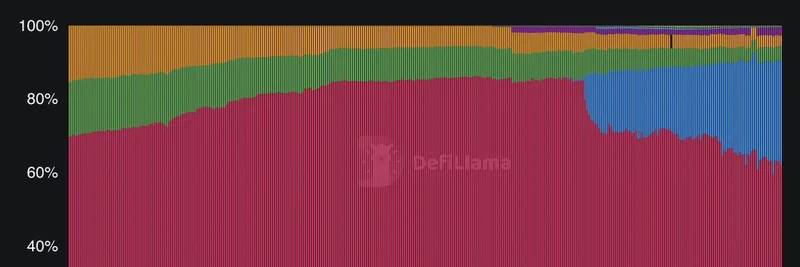In the fast-evolving world of blockchain technology, debates about architecture choices are common. Recently, Nick White, co-founder of Celestia—a modular blockchain project—sparked a conversation by responding to a tweet from Vladimir Novakovski, founder of Lighter.xyz. White's take? If you're building an appchain, chasing the "L1 premium" might not be the smartest move. Let's break this down and see how it relates to the meme token space.
First, a quick explainer: An appchain is essentially a blockchain tailored for a specific application, like a DeFi protocol or a gaming platform. L1 refers to layer-1 blockchains, such as Ethereum or Solana, which serve as the base layer for security and consensus. Rollups, on the other hand, are layer-2 (L2) solutions that bundle transactions and settle them on an L1 like Ethereum, offering scalability while inheriting the parent chain's security.
The discussion started with Novakovski's provocative statement: "Being an L1 is a bug, not a feature. An L1 is just an Ethereum L2 without any of the security and verifiability parts." He was flipping the script on the idea that being an independent L1 gives projects a prestige or valuation boost—the so-called L1 premium.
White chimed in with his tweet: "If you're an appchain, being an L1 just for the L1 premium is retarded. Unless you genuinely want to become a security layer and developer platform for other apps, then just be a rollup and focus on your core product."
Ouch—that's blunt, but it cuts to the chase. White argues that unless your goal is to build a full-fledged ecosystem where other projects can launch on top of yours (think Ethereum's role), you're better off as a rollup. This way, you leverage Ethereum's battle-tested security and verifiability without the hassle of bootstrapping your own consensus layer. It's like renting a secure apartment in a high-rise instead of building your own fortress from scratch.
This perspective resonated with some in the community. One reply from @stakeingermany agreed, emphasizing that rollups allow teams to zero in on their main product without distractions. Another was just a laughing emoji—crypto Twitter in a nutshell.
Now, how does this tie into meme tokens? Meme coins often thrive on hype, community, and quick launches. Many have popped up on L1s like Solana for its speed and low fees, but Ethereum's ecosystem remains dominant. If meme token creators are eyeing appchains for custom features—like unique tokenomics or integrated memes—White's advice suggests starting as a rollup could be more efficient. You'd get Ethereum's liquidity and security, plus easier interoperability, without the overhead of maintaining an L1.
For instance, projects in the meme space could use rollup tech to create specialized chains for viral trends or community-driven assets. Tools from Celestia, which focuses on data availability for modular setups, could make this even smoother. This approach might lower barriers for new meme token launches, fostering innovation without the risks of isolated L1s.
Of course, not everyone agrees. Some argue that standalone L1s offer sovereignty and potential for higher valuations if they capture mindshare. But as the crypto market matures, efficiency and focus might win out over prestige.
Whether you're a blockchain builder or a meme token enthusiast, this debate highlights a key trend: modular designs are pushing the industry toward more specialized, interconnected chains. Keep an eye on projects like Celestia for how this plays out— it could shape the next wave of meme mania.

